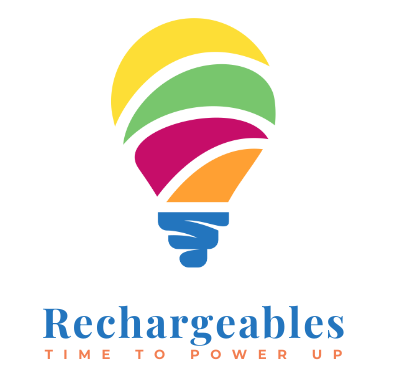Load shedding has become a common occurrence in South Africa, with millions of households and businesses experiencing power outages on a regular basis. While load shedding is a necessary measure to prevent a total blackout of the country's power grid, it can cause significant disruptions to people's lives and the economy.
In this post, we'll take a closer look at what causes load shedding in South Africa, its effects on people and the economy, and possible solutions to the problem.
Causes of Load Shedding
Load shedding is caused by a mismatch between the electricity supply and demand in the country. South Africa relies heavily on coal-fired power plants to generate electricity, which account for more than 80% of the country's electricity production. However, these power plants are aging and require significant maintenance and upgrades to keep running efficiently.
Additionally, Eskom, the state-owned power utility responsible for generating and distributing electricity in South Africa, has been facing financial and operational challenges for years. These include rising debt levels, a lack of investment in new infrastructure, and corruption scandals that have undermined the utility's credibility and efficiency.
As a result, Eskom has struggled to meet the country's growing demand for electricity, especially during peak hours, leading to blackouts and load shedding.
Effects of Load Shedding
Load shedding has far-reaching effects on people's lives and the economy. Some of the most significant effects include:
- Disruptions to daily life: Load shedding can disrupt people's daily routines, causing inconvenience and frustration. It can also affect essential services such as hospitals, schools, and public transportation.
- Damage to appliances and equipment: Frequent power outages can damage appliances, equipment, and electronics, leading to costly repairs or replacements.
- Loss of productivity: Load shedding can disrupt business operations, leading to lost revenue, decreased productivity, and reduced competitiveness.
- Increased costs: Load shedding can lead to increased costs for businesses and households that rely on alternative power sources such as generators or solar panels.
Solutions to Load Shedding
Addressing load shedding in South Africa requires a multi-pronged approach that involves:
- Diversifying the energy mix: South Africa needs to diversify its energy mix and invest in renewable energy sources such as wind, solar, and hydroelectric power. This will reduce the country's reliance on coal-fired power plants and provide a more stable and sustainable source of electricity.
- Upgrading and expanding infrastructure: Eskom needs to upgrade its aging power plants and invest in new infrastructure to meet the growing demand for electricity. This includes building new power plants and transmission lines, as well as improving the efficiency of existing plants.
- Encouraging energy efficiency: South Africa can reduce its energy demand by promoting energy efficiency measures such as the use of energy-efficient appliances, smart meters, and energy management systems.
- Addressing corruption and mismanagement: Eskom needs to address the corruption and mismanagement that have undermined its credibility and efficiency. This includes implementing stricter governance and oversight mechanisms, as well as prosecuting those responsible for corruption and malfeasance.
Conclusion
Load shedding is a complex problem that requires a comprehensive and sustainable solution. South Africa needs to diversify its energy mix, upgrade and expand its infrastructure, promote energy efficiency, and address corruption and mismanagement in the energy sector. By taking these steps, South Africa can ensure a stable and reliable supply of electricity for its people and the economy.

